Damp proof paint is a popular solution for combating dampness and condensation in homes.
We will explore the effectiveness of damp proof paint in reducing condensation, preventing mould growth, and improving air quality. We will also discuss other methods to reduce condensation and offer tips on choosing the right damp proof paint for your needs.
If you’re curious about whether damp proof paint is the right solution for your home, keep reading to find out more.
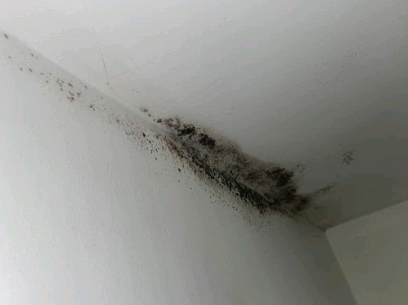
What Is Damp Proof Paint?
Damp proof paint is a specialised coating applied to surfaces to prevent moisture penetration and inhibit the growth of mould.
This type of paint serves as an effective anti-mould solution by creating a protective barrier that shields surfaces from dampness and water damage. Its application is particularly crucial in areas prone to high humidity, such as basements, bathrooms, and kitchens.
By preventing mould growth, damp proof paint not only maintains the aesthetic appeal of surfaces but also contributes to the overall health and well-being of inhabitants by reducing the risk of respiratory issues associated with mould exposure.
Find out more: What Is Damp Proofing
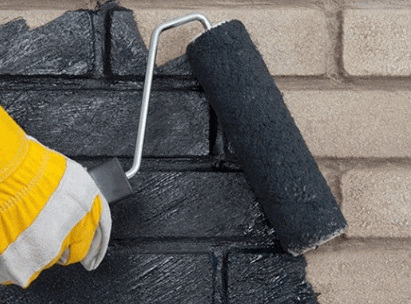
How Does Damp Proof Paint Work?
Damp proof paint creates a barrier on surfaces that repels moisture, reducing condensation and inhibiting mould growth.
When applied, damp proof paint functions as a shield, utilising a special formulation to create a protective layer. This layer acts as a barrier, preventing moisture infiltration into the underlying structure. By reducing the amount of moisture coming into contact with the surface, it helps to combat issues associated with dampness, such as condensation. The anti-condensation properties of damp proof paint play a key role in maintaining a dry environment, thereby thwarting the conditions in which mould can proliferate.
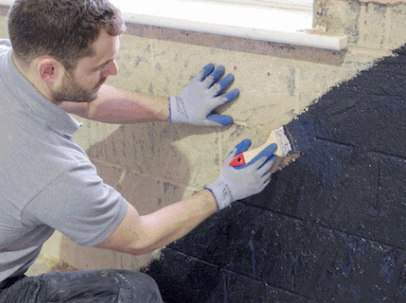
What Are The Benefits Of Using Damp Proof Paint?
Using damp proof paint offers multiple benefits, including reducing condensation, preventing mould growth, and protecting surfaces from moisture damage.
Such paint acts as a shield, creating a barrier that helps combat the formation of condensation on walls and ceilings. By effectively controlling moisture levels, it significantly minimises the risk of mould proliferation, thereby promoting a healthier indoor environment. Along with its anti-mould properties, damp proof paint safeguards various surfaces, such as walls and wood, against potential damage caused by moisture-related issues, extending the longevity of structures and interiors.
Reduces Condensation
Damp proof paint plays a crucial role in reducing condensation by forming a protective layer on surfaces that helps regulate moisture levels.
This type of paint is specifically designed to be anti-condensation, which means it can effectively combat the build-up of moisture on walls and ceilings. By creating a barrier between the surface and the surrounding environment, damp proof paint prevents water from seeping in and causing issues like mould and mildew. The moisture regulation properties of this paint contribute to enhancing the overall air quality of indoor spaces by keeping humidity levels in check.
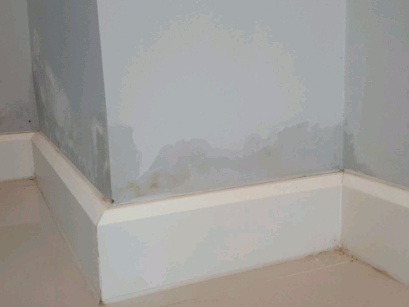
Prevents Mould Growth
Damp proof paint acts as a protective shield against mould growth by creating an environment on surfaces that discourages fungal proliferation.
When moisture seeps into walls or ceilings, it becomes a breeding ground for mould and mildew. Anti-mould properties in damp proof paint help prevent this from occurring, ensuring surfaces remain dry and free from fungus. By forming a barrier, this type of paint adds an additional layer of protection to the underlying structure, prolonging its lifespan. Not only does it enhance the appearance of a room, but it also contributes to a healthier indoor environment by reducing the risk of respiratory issues caused by fungal growth.
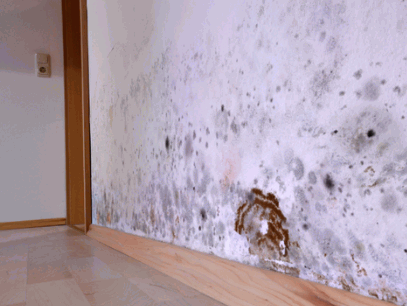
Improves Air Quality
By preventing moisture penetration, damp proof paint helps improve air quality within enclosed spaces by reducing the risk of dampness-related issues.
Damp proof paint plays a crucial role in controlling humidity levels, which, in turn, contributes to maintaining a healthier indoor environment. This type of paint creates a barrier on surfaces, preventing water from seeping through walls and ceilings and causing mould growth.
The use of damp proof paint helps enhance ventilation efficiency by minimising the chances of mould spores spreading in the air, leading to respiratory problems for inhabitants. It forms a protective layer that safeguards the structural integrity of buildings and prevents issues such as peeling paint and crumbling walls due to water damage.
What Are The Drawbacks Of Using Damp Proof Paint?
Whilst damp proof paint offers benefits, it comes with drawbacks like limited effectiveness, temporary solutions, and potential cost implications.
One of the primary limitations of using damp proof paint is its temporary nature. Whilst it may provide a quick fix for moisture issues, it often needs to be reapplied periodically to maintain its effectiveness.
In some cases, damp proof paint may not be suitable for certain scenarios, such as severe water ingress or structural damage causing damp. It may not address the root cause of the moisture problem, leading to continued issues despite the application of the paint.
Cost considerations are another factor to keep in mind when opting for damp proof paint. Whilst the initial cost may seem affordable, the need for regular maintenance and potential reapplication can add up over time, making it a less cost-effective solution in the long run.
Limited Effectiveness
One drawback of damp proof paint is its limited effectiveness in addressing underlying causes of dampness, requiring additional treatments for comprehensive solutions.
It is crucial to understand that damp proof paint primarily acts as a surface protection, offering a temporary solution to moisture ingress through walls or floors.
The root causes of dampness, such as structural defects, faulty plumbing, or poor ventilation, must be identified and addressed to prevent recurring issues.
For a more lasting outcome, a combination of treatments like fixing leaks, improving ventilation, and using specialised damp proofing techniques is necessary.
Not A Permanent Solution
Damp proof paint is not a permanent solution for moisture-related problems like rising dampness, as it provides temporary relief rather than addressing the root issue.
While damp proof paint can be a quick fix to shield surfaces from immediate water damage and offer temporary relief from dampness, it is crucial to recognise its limitations. This type of paint primarily serves as a surface protection method, creating a barrier to prevent water ingress. It is essential to delve deeper into the underlying causes of rising dampness to ensure a more lasting solution. Identifying and rectifying the root issue, such as faulty drainage or moisture penetration through walls, is paramount in tackling damp problems effectively.
Can Be Expensive
The cost of damp proof paint can be a drawback for some homeowners, especially when additional materials or treatments are needed for comprehensive moisture control.
When considering the financial aspects of incorporating damp proof paint into your home maintenance plan, it’s crucial to factor in not only the upfront expenses of the paint itself but also the potential costs of any additional materials required for proper application. Depending on the scale of the moisture issue, you may also need to budget for professional treatments or consultations to ensure effective moisture management. While the initial investment in damp proof paint may seem significant, it can potentially save you money in the long run by preventing more extensive damage from moisture-related issues.
What Are Other Ways To Reduce Condensation?
Along with damp proof paint, condensation can be reduced through strategies like proper ventilation, insulation improvements, and the use of dehumidifiers.
Ensuring adequate airflow in your home by using extractor fans, opening windows, and installing trickle vents is crucial in preventing condensation build-up. Upgrading your insulation can help maintain consistent temperatures throughout your living space, minimising the risk of moisture accumulation.
Dehumidifiers play a vital role in controlling humidity levels, especially in areas prone to high moisture content. By implementing a combination of these methods, you can create a healthier and more comfortable indoor environment while safeguarding your property against potential damage caused by excess moisture.
Proper Ventilation
Effective ventilation is key to reducing condensation by promoting air circulation and preventing moisture build-up on surfaces.
When air circulation is optimised within a space, it helps distribute heat evenly, minimising the chances of moisture accumulation. This flow of air plays a critical role in maintaining humidity control. Proper ventilation ensures that excess moisture is expelled, preventing issues like mould growth and dampness. Managing moisture effectively through ventilation also helps in creating a comfortable and healthy indoor environment by reducing the risk of respiratory problems associated with high humidity levels. By incorporating strategies for effective ventilation, you can significantly enhance the overall quality of the air in your living or working space.
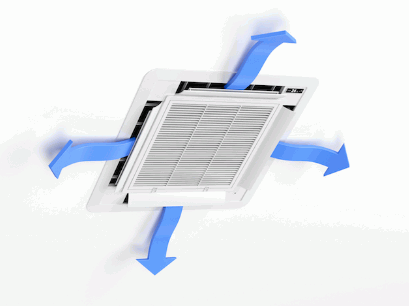
Insulation
Improved insulation helps reduce condensation by maintaining consistent surface temperatures and minimising the formation of cold spots on walls.
When insulation is effectively installed, it acts as a barrier that prevents heat from escaping during cold weather and entering during warmer periods. This regulation of internal temperature not only contributes to a more comfortable living environment but also plays a vital role in condensation reduction. By limiting temperature differentials on surfaces, insulation enhances the overall thermal efficiency of a building, thereby reducing the likelihood of moisture condensation on cold walls.
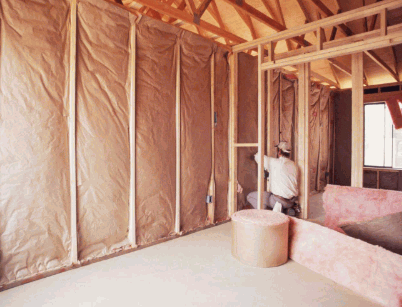
Dehumidifiers
Dehumidifiers play a vital role in reducing condensation by extracting excess moisture from the air, and helping maintain optimal humidity levels indoors.
By effectively regulating indoor humidity, dehumidifiers not only combat moisture accumulation but also prevent the growth of mould and mildew, which thrive in damp environments. This not only protects the structural integrity of buildings but also safeguards the health of occupants by improving indoor air quality. This moisture extraction process extends the lifespan of furniture, electronics, and other belongings that are susceptible to damage from high levels of humidity. In essence, dehumidifiers create a comfortable living environment by ensuring that the air is neither too dry nor too damp.
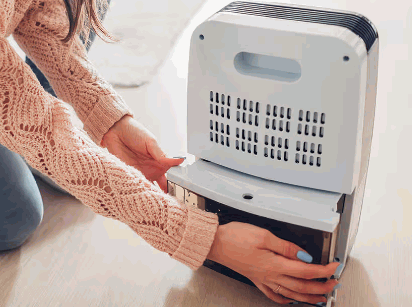
Can Damp Proof Paint Be Used In All Rooms?
Whilst damp proof paint is suitable for certain spaces like kitchens and bathrooms due to high moisture levels, it is not recommended for bedrooms where breathability is essential.
Moisture-prone areas such as kitchens and bathrooms benefit greatly from the application of damp proof paint due to its ability to prevent water ingress and mould growth. The impermeable nature of damp proof paint creates a protective barrier against dampness, making it an ideal choice for these areas.
In bedrooms where proper ventilation and breathability are crucial for a healthy indoor environment, damp proof paint may trap moisture inside the walls, leading to potential issues like peeling paint and mould formation. It is important to consider the specific requirements of each room when deciding on the use of damp proof paint to ensure long-term durability and functionality.
Suitable For Kitchens And Bathrooms
Damp proof paint is recommended for use in kitchens and bathrooms where high moisture levels can lead to condensation and mould growth on surfaces.
Applying damp proof paint serves as a crucial barrier against the ingress of moisture, thereby safeguarding walls and ceilings from the damaging effects of dampness. By creating a protective seal, this specialised paint not only helps in preventing mould formation but also enhances the overall durability of the surface. In areas prone to high humidity and frequent water exposure, such as bathrooms and kitchens, the use of damp proof paint is essential for maintaining a clean, dry, and long-lasting finish.
Not Recommended For Bedrooms
In bedrooms, damp proof paint may hinder breathability and natural air exchange, making it less suitable for spaces where ventilation and air quality are paramount.
Rooms, especially bedrooms, require adequate ventilation to maintain a healthy environment conducive to quality rest and well-being. Damp proof paint, due to its impermeable nature, can trap moisture within walls, hindering air circulation and creating a potential breeding ground for mould and mildew.
Such conditions can lead to poor indoor air quality, contributing to respiratory issues and allergies, especially for individuals sensitive to mould spores. The lack of natural ventilation in conjunction with damp proof paint can exacerbate these problems, further compromising the overall comfort and health of the room occupants.
How To Choose The Right Damp Proof Paint?
Selecting the appropriate damp proof paint involves considering factors such as brand reputation, anti-mould features, and desired colour and finish options.
When looking for damp proof paint, it’s crucial to opt for well-known brands that have a solid reputation for quality and durability. These reputable brands often invest in research and development to ensure their products provide effective protection against moisture infiltration. Additionally, anti-mould additives are essential in damp proof paint formulations to prevent the growth of mould and mildew in humid environments, maintaining a clean and healthy living space. Considering your colour and finish preferences is also key as the right choice can enhance the aesthetic appeal of your walls while serving a functional purpose.
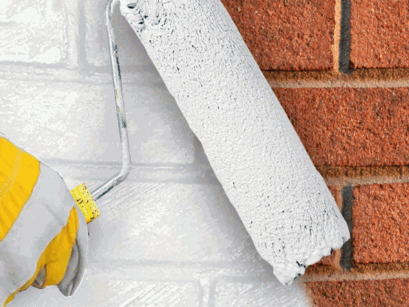
Look For High-Quality Brands
Prioritise high-quality brands when selecting damp proof paint to ensure top-notch materials, optimal protective properties, and long-term surface durability.
Choosing reputable brands for damp proof paint plays a crucial role in safeguarding your surfaces from moisture damage and ensuring the longevity of your paint job. Opting for top-quality brands guarantees that the materials used are of superior standards, offering enhanced protection against dampness and humidity.
These reputable brands invest in research and development, crafting products that are not only effective in preventing water infiltration but also durable in the face of harsh environmental conditions. By selecting trustworthy brands, you can rest assured that your surfaces will remain well-protected for years to come.
Check For Anti-Mould Properties
Ensure that the selected damp proof paint contains effective anti-mould properties to safeguard surfaces against fungal growth and maintain a hygienic environment.
Anti-mould additives play a crucial role in preventing the development of mould and fungi, which not only damage surfaces but also pose health risks. These additives are specifically formulated to inhibit the growth of mould, mildew, and other fungi, thus preventing them from spreading across the painted surface.
By incorporating anti-fungal properties into the paint, you provide long-lasting protection against biological threats, ensuring that your walls and ceilings remain pristine and healthy. This not only enhances the aesthetic appeal of the interior but also promotes a clean and safe indoor environment.
Consider The Colour And Finish
Take into account the desired colour and finish of damp proof paint to ensure it aligns with the aesthetic preferences and surface requirements of the specific area.
When selecting damp proof paint, the chosen colour and finish play a pivotal role in enhancing the overall visual appeal of the space. Opting for a cohesive colour scheme that complements the existing decor can create a harmonious look. Considering the finish is crucial for achieving the desired texture and sheen.
The right colour and finish can help in masking imperfections on the surface, providing a smooth and flawless appearance. It is essential to assess the compatibility of the paint with different surfaces to ensure long-lasting and effective protection against dampness.



